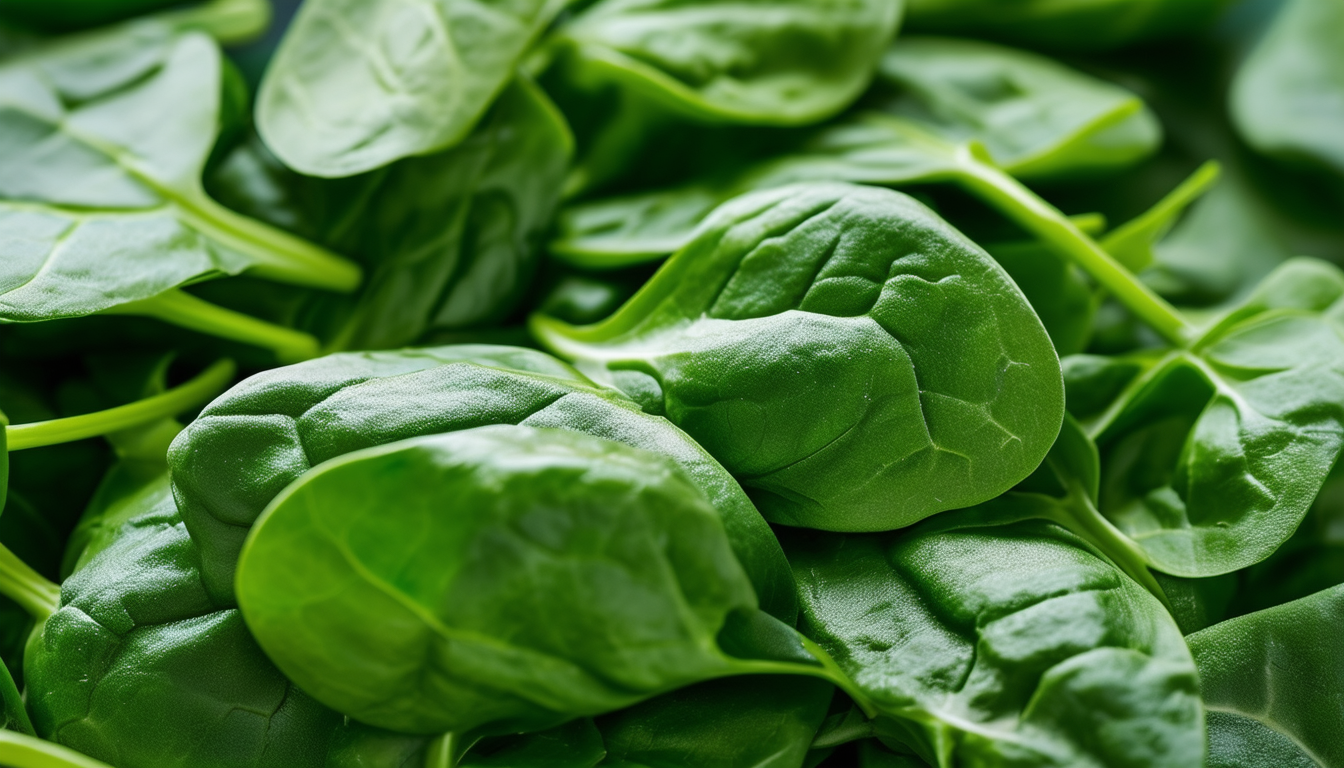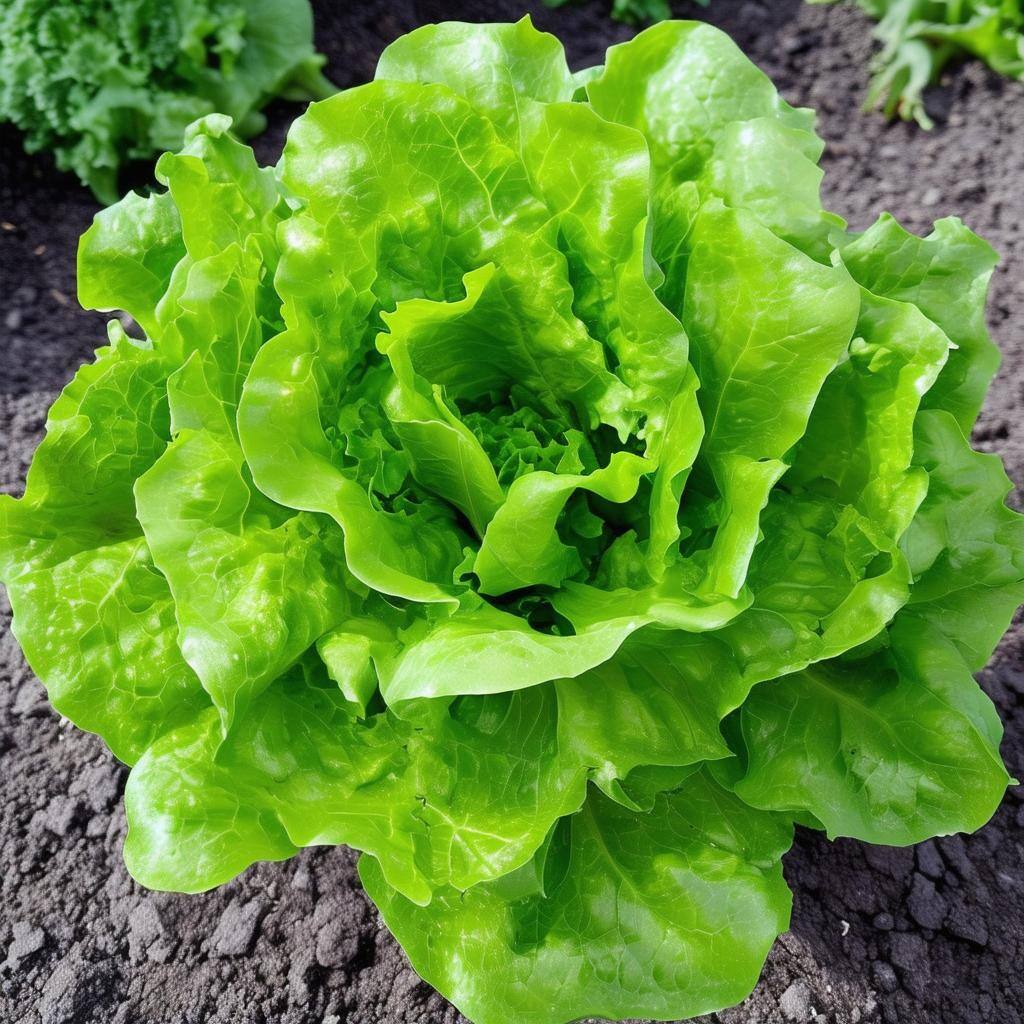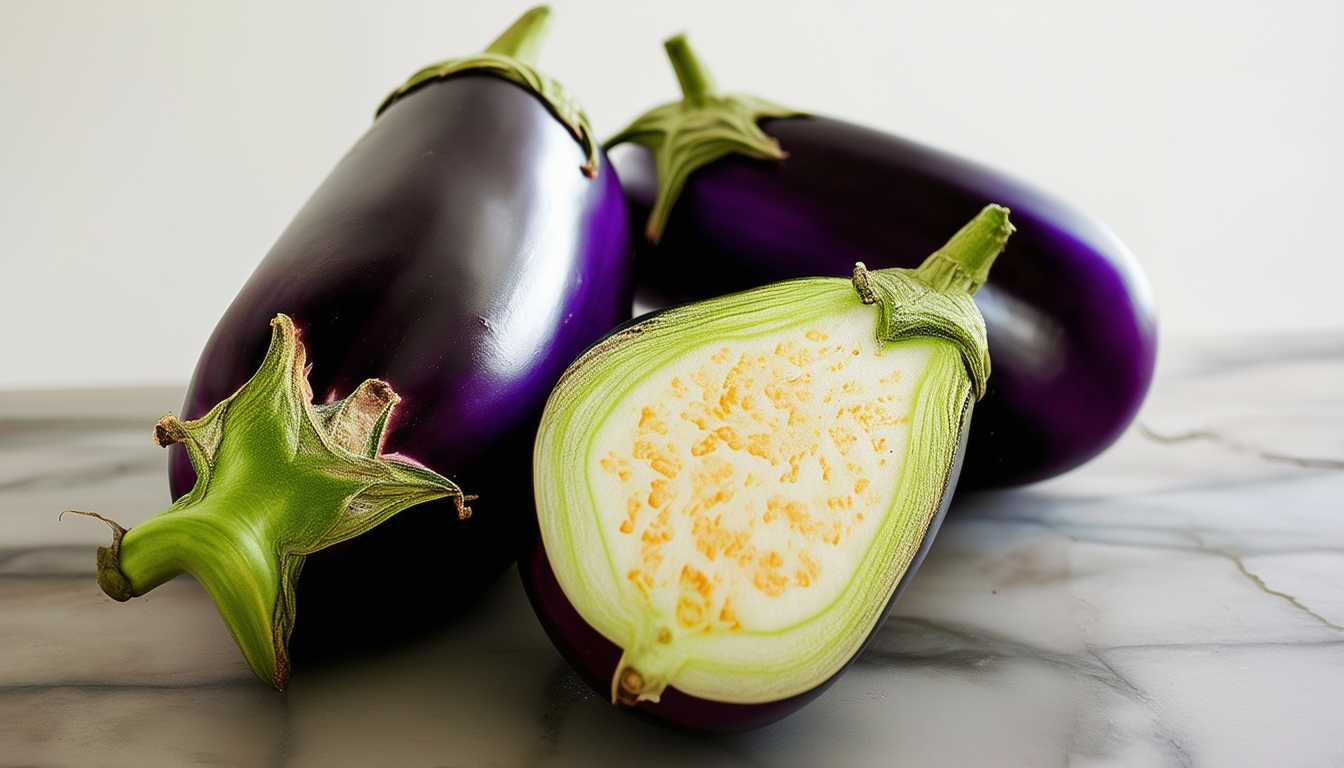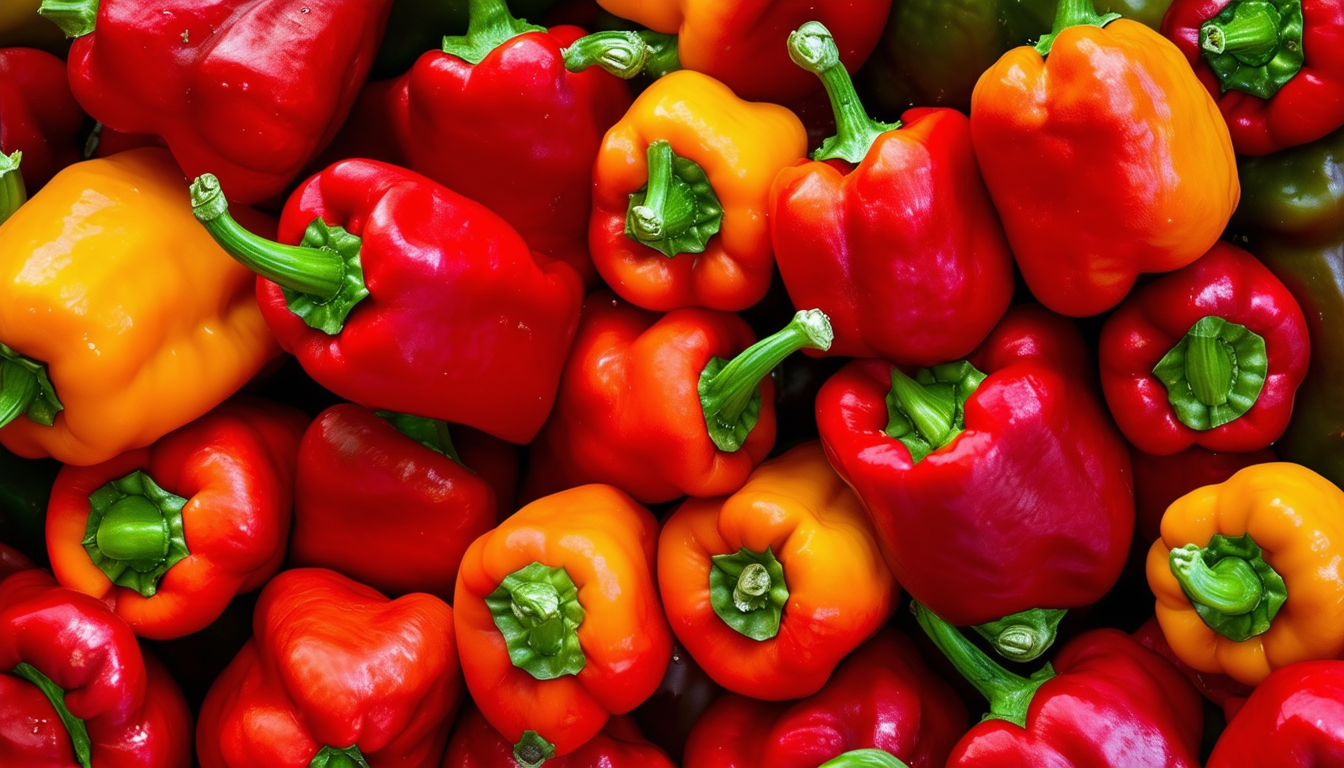
Unlock the secrets to successful spinach seed germination and enjoy a bountiful harvest of this nutritious green.
Choosing the Right Spinach Seeds for Your Garden
Choosing the right spinach seeds for your garden is the first step towards a successful harvest. Spinach varieties can be broadly categorized into smooth-leaf and savoy (crinkled-leaf) types. Smooth-leaf varieties are generally easier to clean and are preferred for fresh consumption, while savoy types are more robust and tender, making them great for cooking.
When selecting seeds, consider factors such as climate, soil type, and your personal taste preferences. Opt for certified organic seeds if you aim to grow your spinach organically. Always purchase seeds from reputable suppliers to ensure high germination rates and healthy plants.
5 Step Guide to Planting Spinach Seeds
1. **Prepare the Soil:** Start by choosing a well-drained, fertile soil with a pH between 6.0 and 7.5. Work in organic matter such as compost to enhance soil fertility and texture.
2. **Sowing the Seeds:** Plant spinach seeds about 1/2 inch deep and 2 inches apart in rows that are 12-18 inches apart. For a continuous harvest, sow seeds every two weeks.
3. **Watering:** Keep the soil consistently moist but not waterlogged. Spinach seeds require adequate moisture to germinate, so frequent light watering is preferable to infrequent heavy watering.
4. **Thinning:** Once seedlings are about 2 inches tall, thin them to 4-6 inches apart to allow space for growth and reduce competition for nutrients.
5. **Maintenance:** Weed regularly to prevent competition for nutrients and monitor for pests and diseases. Mulching can help retain soil moisture and suppress weeds.
Height, Spread, & Harvest time
Spinach plants typically reach a height of 6-12 inches and spread about 6-12 inches wide. The time from sowing to harvest can vary depending on the variety and growing conditions, but most spinach is ready to harvest within 35-50 days.
Harvesting can begin when the leaves are large enough to eat. For baby spinach, pick leaves when they are young and tender. For mature leaves, wait until they have fully developed but harvest before the plant starts to bolt (flower).
Best Fertiliser, Soil & Optimum Growing Conditions
Spinach thrives in nutrient-rich, well-drained soil with a pH of 6.0 to 7.5. Before planting, enrich the soil with compost or a balanced organic fertilizer. During the growing season, a nitrogen-rich fertilizer can promote leafy growth.
For seed germination, a propagator can provide a stable environment, especially in cooler climates. Grow lights can be used to extend daylight hours and enhance growth, particularly during the shorter days of autumn and winter.
Optimum growing conditions include cool temperatures between 50-60°F (10-16°C). Spinach prefers partial to full sun but can tolerate some shade. Ensure consistent moisture, as dry conditions can cause the plant to bolt prematurely.
Common Issues, Pests & Diseases
Common pests that affect spinach include aphids, leaf miners, and slugs. Regular monitoring and organic pest control methods, such as neem oil or insecticidal soap, can help manage these issues.
Diseases such as downy mildew, white rust, and fusarium wilt can affect spinach. To prevent these, practice crop rotation, ensure good air circulation, and avoid overwatering. If disease occurs, remove and destroy affected plants to prevent spread.
Best Varieties & Why
Some popular spinach varieties include 'Bloomsdale', known for its sweet, tender leaves and resistance to bolting; 'Tyee', which is highly disease-resistant; and 'Space', a smooth-leaf variety that is easy to clean and grows well in various conditions.
Choosing the right variety depends on your growing conditions and culinary preferences. Experimenting with different types can help you find the best fit for your garden and taste.
Frequently Asked Questions on Spinach Seeds
How long does it take for spinach seeds to sprout? Typically, spinach seeds will begin to sprout within a week to a week and a half.
Why aren't my spinach seeds sprouting? There are several common issues that might prevent your spinach seeds from sprouting. These include low seed quality, unsuitable soil temperature, or a lack of adequate moisture.
What is the secret to growing spinach successfully? To grow spinach successfully, it is essential to ensure consistent moisture, maintain cool temperatures, and use nutrient-rich soil. These factors are crucial for healthy spinach growth.
What should not be planted near spinach? It is advisable to avoid planting spinach near potatoes, as they can compete for nutrients, which may affect the growth of your spinach.
Is it necessary to soak spinach seeds before planting? While soaking seeds for a few hours can hasten the sprouting process, it is not essential for successful growth.
How many spinach seeds should be planted per hole? It is recommended to plant a couple of seeds per hole and then thin out the weaker seedlings to allow the stronger ones to thrive.
Does spinach require warmth to sprout? Spinach actually prefers cooler temperatures for sprouting, ideally in a range that is comfortable but not too warm.
How can you tell when spinach is about to seed? Spinach begins to bolt, or go to seed, when the days become longer and temperatures rise, forming a flower stalk.
When is the best time to plant spinach? The best times to plant spinach are in early spring or late summer, when the conditions are most favorable for growth.
Why does spinach bolt quickly? Warm temperatures and extended daylight can cause spinach to bolt prematurely, leading to a quicker transition to seeding.
Why is growing spinach challenging? Growing spinach can be challenging because it is sensitive to temperature fluctuations and requires consistent moisture to thrive.
What should be done if seeds don't sprout? If your seeds do not sprout, it is important to check the seed quality, soil temperature, and moisture levels. Replanting may be necessary if these conditions are not optimal.
How can spinach seed dormancy be broken? To break seed dormancy, you can pre-soak the seeds or stratify them in a refrigerator for a few days, which can help encourage sprouting.
Why are my spinach seedlings dying? Spinach seedlings may die due to overwatering, poor drainage, or disease, which can all negatively impact their growth.
What fertilizer is best for spinach? A balanced, nitrogen-rich fertilizer is ideal for promoting the leafy growth that spinach is known for.
How large should spinach seedlings be before transplanting? Seedlings should be a few inches tall with a few true leaves before they are ready to be transplanted.
Can spinach receive too much sunlight? While spinach thrives in full sun, excessive heat can cause it to bolt. In warmer climates, partial shade can be beneficial to prevent this.
Is spinach a cut-and-come-again plant? Yes, spinach is a cut-and-come-again plant, meaning you can harvest the outer leaves and allow the plant to continue growing.
Should spinach be allowed to flower? It is best to harvest spinach before it flowers, as the leaves can become bitter once the plant bolts.



